

The Timeline highlights significant developments in the history of financial regulation against U.S. and world events. Choose a decade to start, scroll down to read more. Learn more about building the Timeline.
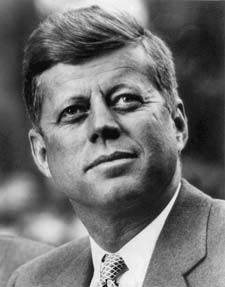
President-Elect Kennedy asked former SEC Chairman James Landis to write a report on the U.S. Securities and Exchange Commission and other federal regulatory agencies. The report emphasized the importance of hiring adequate and experienced staff for the SEC, as well as the negative repercussions of an under-budgeted agency.

The Res, a father and son team of American Stock Exchange specialists, had been engaged in illegal activity in connection with the securities markets since the early 1950s. The U.S. Securities and Exchange Commission learned of some of their activity in 1957 and imposed minimal penalties. In 1960, the SEC began a full-scale investigation of the Res. The Res were expelled from the AMEX and, after a criminal trial, sentenced to prison. The SEC came under criticism for not taking effective action earlier. The Re scandal questioned the efficacy of of self-regulation.
Cady, Roberts & Co. was a U.S. Securities and Exchange Commission administrative proceeding involving a broker who traded an exchange-listed security while in possession of inside information. While the SEC had rarely used Rule 10b-5 since its enactment, in Cady, Roberts, the SEC made clear that Rule 10b-5 applied to transactions occurring over stock exchanges and not just to transactions made face to face.
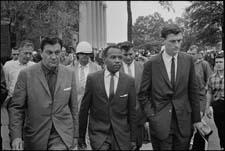
Following the Re scandal, the U.S. Securities and Exchange Commission conducted an investigation of the American Stock Exchange, attributing the AMEX problems to a small group of specialists, and proposed decreasing the role of specialists in management positions.
The Wharton School of Business was commissioned by the U.S. Securities and Exchange Commission in 1958 to conduct a study of the mutual fund market. The study, published in 1962, found that the performance of the mutual funds examined did not exceed the performance of a randomly selected portfolio of securities, nor did higher management fees result in better performance.
On May 28, the Dow Jones Industrial Average fell 5.7%, the second-largest point decline then on record. Volume was so heavy that the “ticker” did not finish reporting until two hours after the market closed. A report by the U.S. Securities and Exchange Commission found that specialists stopped trading when liquidity was urgently needed.
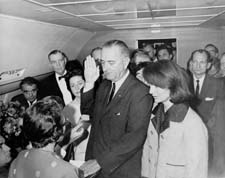
The U.S. Securities and Exchange Commission released the Special Study of Securities Markets. About 40 staff members worked on the study full time for two years. The study was conducted on a quasi-independent basis and issued without the prior approval of SEC Commissioners. The study questioned the effectiveness of self-regulation and the ability of exchanges to adequately protect investors. It criticized the SEC’s passivity in supervising exchanges and found that the SEC had not adequately enforced rules against large securities firms.
In Silver v. New York Stock Exchange, the U.S. Supreme Court limited New York Stock Exchange antitrust exemptions only to areas that fulfilled the exchange's obligations under the Securities Exchange Act of 1934.
The U.S. Securities and Exchange Commission announced in Accounting Series Release No. 96 that it would accept a method of accounting for the investment tax credit that had been outlawed by the AICPA's Accounting Principles Board. The Board accommodated the SEC's view in APB Opinion No. 4, but tried again in vain when the investment tax credit was re-introduced in 1967 and in 1971. Congress intervened by including a provision in the Revenue Act of 1971 that no taxpayer should be required to use any particular method of accounting for the investment credit in its financial statements.
The assassination of President John F. Kennedy on November 22 quickly impacted trading. The New York Stock Exchange shut down within 27 minutes of the news of the assassination spreading to the floor.
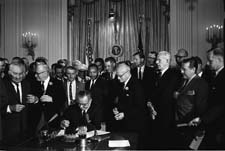
In J.I. Case v. Borak, the U.S. Supreme Court held that the Exchange Act implicity authorizes a private right of action for false and misleading proxy statements issued in violation of Rule 14a-9. The ruling meant that individuals could sue and seek damages from other people or corporations that violated certain securities laws. The Court reasoned that private suits would supplement the U.S. Securities and Exchange Commission’s efforts in enforcing securities laws and deterring violators.
In response to the Special Study of Securities Markets, Congress enacted the Securities Act Amendments of 1964. The most significant amendment extended reporting requirements under the Securities Exchange Act of 1934 to firms that were unlisted on an exchange but above a certain size.
Securities Act Release No. 4708 announced the U.S. Securities and Exchange Commission’s position that the registration requirements of the Securities Act of 1933 do not apply to offerings reasonably designed to “come to rest” outside of the United States. This release was supplemented by the adoption of Regulation S in 1990.

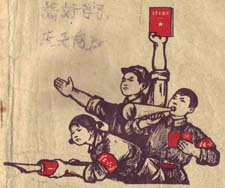
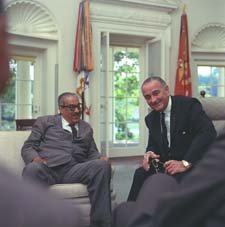
The back office crisis was caused by an increase in trading volume without an increase in personnel to process the transactions. Major exchanges had to close down mid-week so brokers could catch up on processing delays; brokerage firms failed in large numbers. The New York Stock Exchange used a special reserve fund to reimburse customers of failed brokerage firms, but by 1970, the fund was nearly depleted.
In cases such as Yale Express, BarChris Construction, Continental Vending, and National Student Marketing, auditors found that reliance on the guidance in GAAP and generally accepted auditing standards would no longer be a shield against litigation. The profession was shocked when, in Continental Vending, auditors were convicted of a criminal violation of the Securities Exchange Act of 1934.
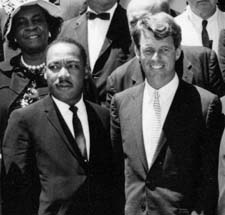
The National Association of Securities Dealers, with the support of the U.S. Securities and Exchange Commission, began to build Nasdaq, an electronic system that would provide price quotations for over-the-counter stocks.
In SEC v. Texas Gulf Sulphur, the Second Circuit Court of Appeals upheld a U.S. Securities and Exchange Commission ruling which found that corporate insiders trading company stock on the basis of material non-public information violated Rule 10b-5.
The U.S. Securities and Exchange Commission held hearings on the New York Stock Exchange’s use of fixed commissions, demonstrating that fixed commissions failed to allow for volume discounts. The Justice Department filed a comment letter on proposed Rule 10b-10, urging the NYSE to abolish fixed rate commissions.
Concerned by a rise in hostile tender offers, U.S. Senator Harrison A. Williams, Jr. (D-NJ) introduced legislation to make corporate takeovers more difficult by requiring potential acquirers to publicly file details of their offers with the U.S. Securities and Exchange Commission. The Act imposed a mandatory waiting period before acquisition and stipulated that all shareholders receive the same price offer for their shares.
The U.S. Securities and Exchange Commission began requiring the inclusion of a narrative discussion of the entity's operations in the audited financial statements, addressing liquidity, capital resources, results of operations, and the future impact of known trends, demands, commitments, events or uncertainties.
The U.S. Securities and Exchange Commission adopted Rule 22c-1 under the Investment Company Act, requiring that open-ended mutual fund shares be sold and redeemed at the net asset value (NAV) as of the next market close. Forward pricing ensured that shares would be purchased at the next computed share price following the fund's receipt of the transaction order.

The Pacific Stock Exchange started up its Computerized Execution System, the world's first automated electronic equities trading platform. After being improved ten years later, the system was renamed the Securities Communication Order Routing and Execution System (SCOREX).
Responding to the rise of institutional investors during the 1960s, Institutional Networks Corporation launched an electronic system enabling banks, mutual funds, and insurance companies to buy and sell securities anonymously off the New York Stock Exchange.
The American Law Institute appointed Louis Loss as reporter for its project to create a Federal Securities Code, an attempt to revise and integrate the federal laws relating to securities. Loss recruited a team of advisors who worked through the 1970s to simplify the body of law, eliminate duplicate regulation and increase efficiency of investor protection. The 700-page code failed to gain passage through Congress in the early 1980s, but was a major influence on regulatory agencies and the courts.
Under the leadership of SEC Commissioner Francis M. Wheat, the U.S. Securities and Exchange Commission conducted a study on the extent to which disclosure could improve the agency's rule-making power. The study's report, Disclosure to Investors - A Reappraisal of Federal Administrative Practices Under the 1933 and 1934 Acts, known as the Wheat Report, laid the groundwork for the development of an integrated disclosure system.